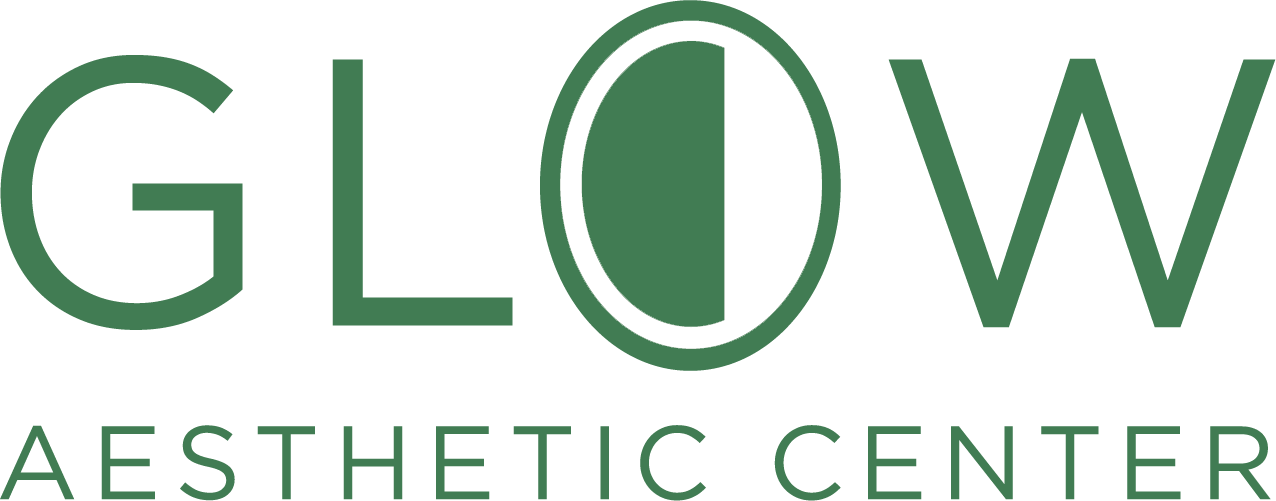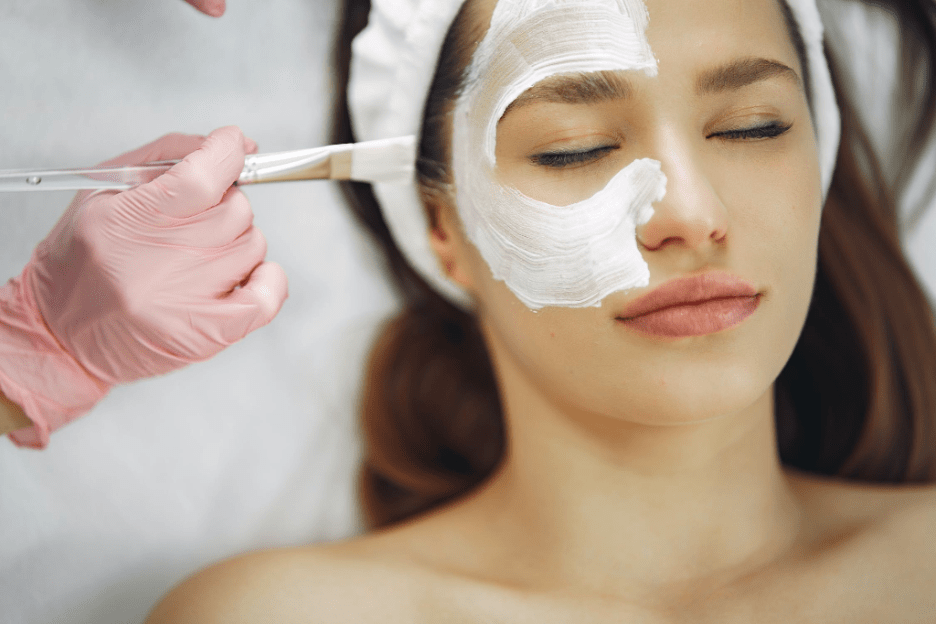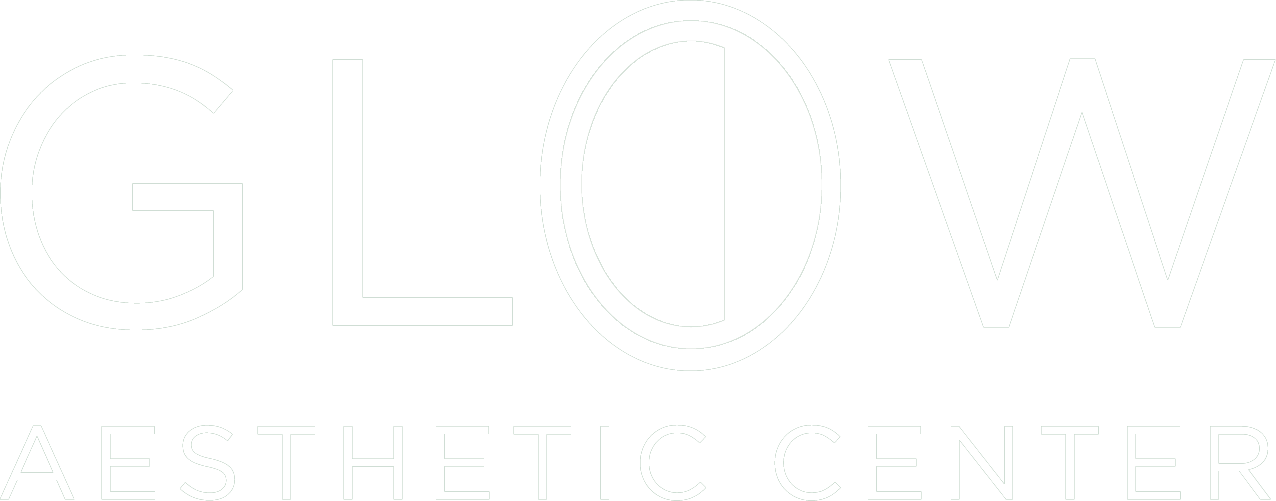When you look in the mirror, do you sometimes notice that your skin looks a little dull or uneven, even after a good skincare routine?
Many people feel like they are doing all the right things—cleansing, moisturizing, applying serums—yet their skin doesn’t reflect the effort they put in. Often, the culprit is a buildup of dead skin cells and fine vellus hair (also known as peach fuzz).
Dermaplaning is a treatment designed to address exactly this issue, and it has become a favorite among people who want a smoother, brighter, and more radiant complexion.
In this blog, we will explore what dermaplaning is, who benefits most from it, what the treatment process looks like, and what results you can expect. If you’ve ever wondered whether dermaplaning is right for you, this guide will give you the answers you need.
What Is Dermaplaning?
Dermaplaning is a professional exfoliation treatment that uses a specialized surgical-grade blade to gently remove the outermost layer of dead skin cells and fine facial hair. Unlike chemical peels or abrasive scrubs, dermaplaning is a physical exfoliation method. It doesn’t rely on chemicals or harsh grains; instead, it works through delicate, feather-like strokes that sweep away buildup on the skin’s surface.
This treatment is often compared to shaving, but dermaplaning is far more precise. The blade used in dermaplaning is designed to be rigid, sharp, and controlled by a skilled professional, allowing for safe removal of peach fuzz and dead skin while leaving the deeper layers of skin untouched.
By revealing fresh skin beneath, dermaplaning not only improves texture and radiance but also creates the perfect canvas for makeup application and enhances the effectiveness of skincare products.
What Does Dermaplaning Do?
Dermaplaning is more than a simple hair removal treatment. It addresses multiple skin concerns at once and offers benefits that can be both cosmetic and practical:
- Brightens and smooths the complexion by removing the dull, outer layer of skin.
- Reduces the appearance of acne scars and uneven texture.
- Softens fine lines and wrinkles for a more youthful appearance.
- Eliminates peach fuzz, which can trap dirt and oil and make makeup look uneven.
- Enhances product absorption, allowing serums and moisturizers to penetrate more effectively.
- Prepares the skin for other treatments, such as chemical peels or microneedling, by creating a clean surface for deeper action.
For many clients, dermaplaning delivers instant gratification. The skin looks fresher, smoother, and more radiant immediately after the procedure.
Who Is Dermaplaning Good For?
One of the reasons dermaplaning has become so popular is its versatility. Unlike some treatments that are limited by skin type or sensitivity, dermaplaning is safe and effective for nearly everyone. Here are the groups who tend to benefit the most:
1. People With Dull or Uneven Skin
If your skin tends to look tired or lacks radiance despite regular care, dermaplaning can help. By removing the barrier of dead skin cells, the newer skin underneath shines through with a healthy glow.
2. Those Concerned With Peach Fuzz
Vellus hair, or peach fuzz, can make the skin look uneven and can interfere with makeup application. Dermaplaning removes this hair cleanly, resulting in a smooth surface that makes foundation and powder look flawless.
3. Pregnant or Nursing Clients
Chemical exfoliation treatments are often discouraged during pregnancy or breastfeeding. Dermaplaning provides a safe, chemical-free option for deep exfoliation during this time.
4. Clients With Dry or Rough Skin
Dry skin tends to build up and create patches of rough texture. Dermaplaning gently sweeps away the buildup, leaving skin softer and smoother.
5. People With Acne Scars or Uneven Pigmentation
Shallow acne scars and areas of hyperpigmentation (such as melasma or sun spots) can look less pronounced after dermaplaning, thanks to the increased cell turnover and exfoliation.
6. Individuals Preparing for Other Treatments
Dermaplaning is often used as a pre-treatment step before chemical peels, microneedling, or laser sessions. By clearing the surface layer of the skin, these treatments can penetrate more deeply and work more effectively.
7. Clients Looking for Quick, No-Downtime Results
Because dermaplaning is non-invasive and requires no recovery time, it’s perfect for busy people who want instant results before a big event, photoshoot, or special occasion.
Who Should Avoid Dermaplaning?
While dermaplaning is safe for most people, there are a few situations where it should be avoided or postponed:
- Active acne breakouts, since the blade can irritate inflamed areas.
- Open wounds, cuts, or active skin infections.
- Recent Botox or dermal filler injections (wait at least a week).
- Severe rosacea or other skin conditions that make the skin highly sensitive.
A professional consultation will help determine whether dermaplaning is right for your skin at the moment or if it’s better to wait until the skin has healed.
What Happens During a Dermaplaning Procedure?
A dermaplaning session is straightforward, comfortable, and relatively quick:
- Cleansing: Your skin is thoroughly cleansed to remove oils, makeup, and impurities.
- Exfoliation: A trained professional uses a sterile, surgical-grade blade to make feather-light strokes across the skin. The blade gently removes dead cells and vellus hair without causing pain.
- Hydration and Protection: After exfoliation, a rich moisturizer and high-quality sunscreen are applied to hydrate the skin and protect it from sun damage.
The entire process usually takes less than an hour, making it easy to fit into a busy schedule.
What Does Recovery Look Like?
Dermaplaning has virtually no downtime. After treatment, you may notice mild redness or slight sensitivity, but this typically fades within a few hours. Most people return to their normal activities immediately after their session.
There are a few aftercare steps to follow to maintain your results:
- Avoid direct sun exposure for several days and always use a broad-spectrum sunscreen.
- Skip harsh exfoliants (like retinoids or acids) for a few days to prevent irritation.
- Avoid excessive heat, such as saunas, hot showers, or steam rooms, immediately after treatment.
- Refrain from waxing or scratching the treated area for at least a week.
With proper care, your skin will remain smooth and radiant until your next session.
Common Misconceptions About Dermaplaning
Because dermaplaning involves removing fine facial hair, there are a few myths surrounding the treatment. Let’s clear them up:
Myth 1: Hair Grows Back Thicker or Darker.
False. Vellus hair grows back at the same rate, color, and texture as before. Dermaplaning does not affect the hair follicle.
Myth 2: Dermaplaning is Painful.
Dermaplaning is painless. The blade only glides across the outer surface of the skin and does not penetrate deeper layers.
Myth 3: Dermaplaning is Only for Certain Skin Tones.
Dermaplaning is safe for all skin tones and types when performed by a trained professional.
How Often Should You Get Dermaplaning?
Most clients schedule dermaplaning every four weeks to maintain smoothness and radiance. This timing aligns with the skin’s natural regeneration cycle and the regrowth of peach fuzz. Some people may opt for treatments every two weeks, especially if they want consistently smooth skin for events or professional photos.
Results of Dermaplaning
Results are immediate. You’ll leave your appointment with noticeably smoother, brighter, and more even skin. Makeup applies more evenly, skincare products work more effectively, and your face will look refreshed and youthful. With regular treatments, improvements in acne scars, pigmentation, and texture become more noticeable over time.
Combining Dermaplaning with Other Treatments
One of the advantages of dermaplaning is its ability to enhance other treatments. Many clients combine it with:
- Chemical peels, for deeper exfoliation.
- Microneedling, for improved absorption and collagen stimulation.
- Laser treatments, for better precision on fresh, clean skin.
Your provider can recommend a customized plan based on your skin goals.
Why Choose Professional Dermaplaning?
Although some at-home dermaplaning tools exist, professional treatment is the safest and most effective option. Trained practitioners use sterile, medical-grade blades and precise techniques that deliver smoother results while minimizing risks of cuts, infection, or uneven exfoliation. At-home razors simply cannot match the precision and safety of professional dermaplaning.
Final Thoughts
Dermaplaning is a versatile, safe, and highly effective treatment for almost anyone seeking smoother, more radiant skin. It is particularly valuable for those who cannot undergo chemical exfoliation, such as pregnant or nursing individuals, or those with sensitive skin. Best of all, the results are instant, with no downtime, making it one of the easiest ways to refresh your complexion.
Are you ready to reveal a brighter, smoother skin?
Frequently Asked Questions About Dermaplaning
Will the hair grow back thicker after dermaplaning?
This is a common myth. The fine vellus hair, or “peach fuzz,” that dermaplaning removes will grow back at the same texture and color as before. It will not become thicker or darker.
How often should I get dermaplaning treatments?
Most clients schedule dermaplaning about once a month, since that’s how long it usually takes for peach fuzz and dead skin cells to return. Your practitioner may suggest a different schedule based on your skin goals.
Is dermaplaning safe for all skin types?
Yes, dermaplaning is safe for all skin tones and types. However, it is not recommended during an active acne breakout, since the blade could irritate the skin.
What should I avoid after dermaplaning?
For the best results, avoid direct sun exposure, saunas, hot tubs, and chlorine for a few days. It is also best to avoid waxing or harsh exfoliants until your skin has fully settled.
How soon will I see results from dermaplaning?
Results are immediate. Your skin will look brighter and smoother right after your session because the dull top layer and peach fuzz are removed.







